Pet photography is a wonderful pursuit, both as a pet owner and as a business! Animals offer us limitless opportunities to improve our photography and help capture lifelong memories for their beloved owners. Here are some of my top tips for photographing our furry best friends, whether in your home or in the great outdoors!
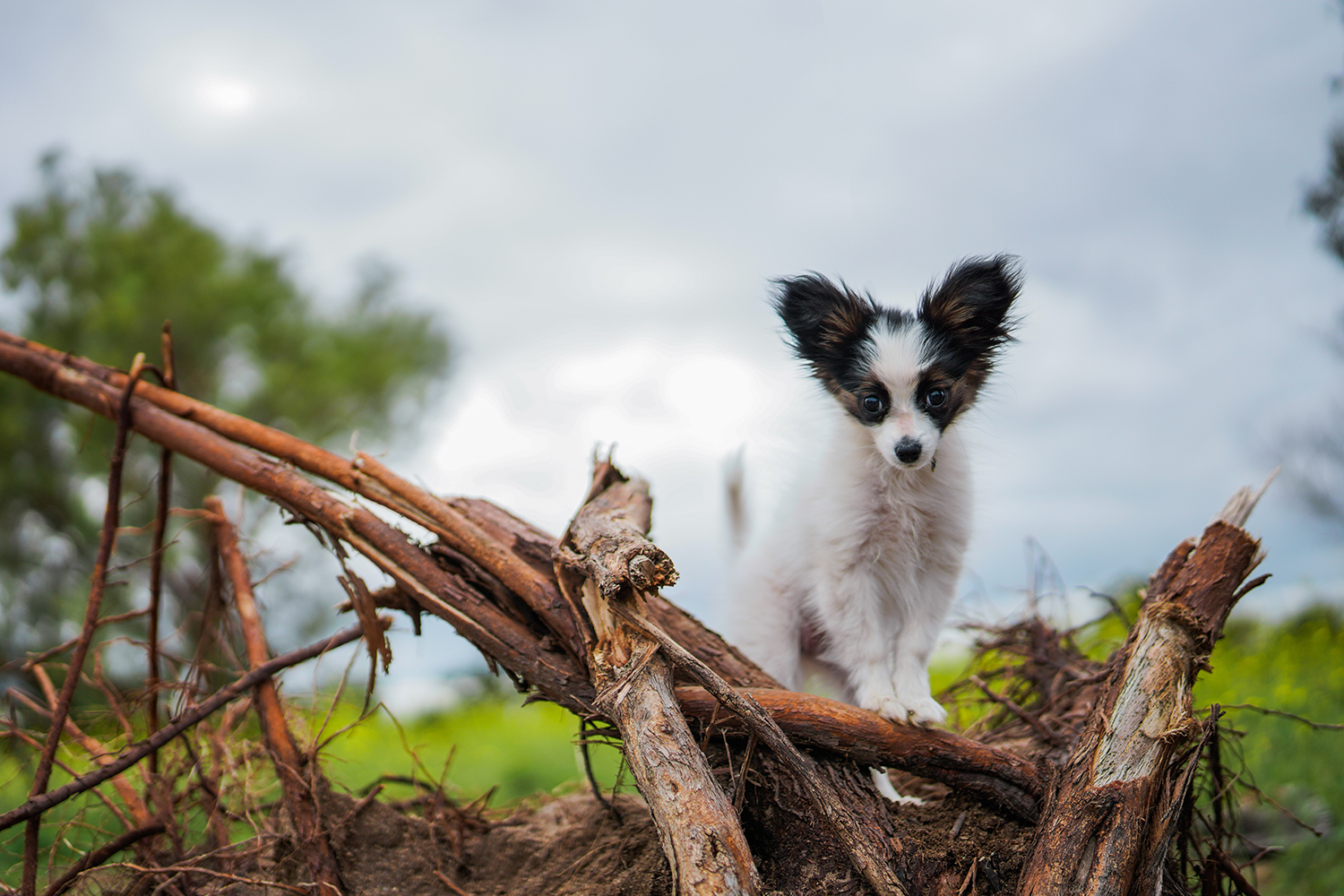
Camera setting for success
I’ve found that switching the camera to burst mode and continuous focus works best for pet photography. The burst setting is a must-have when animals get excited and start running or playing, or when a pet unexpectedly does something picture-worthy!
Burst mode is when your camera takes multiple shots as your finger is pressed down on the shutter button. Burst mode takes advantage of the camera’s Frames-Per-Second (commonly denoted as FPS) which tells you how many images a camera can take per second.
Continuous focus is an autofocus system in which the camera locks focus on a moving subject and holds that focus. Continuous focus has different names between camera brands, such as Continuous AF for Sony and AI Servo for Canon.
Together, these two settings are the secret to capturing animals in focus and snapping the perfect moment! Burst mode captures a fast sequence of shots of each action (such as a dog leaping for a ball) and the continuous focus makes sure that each shot in the sequence is in focus.
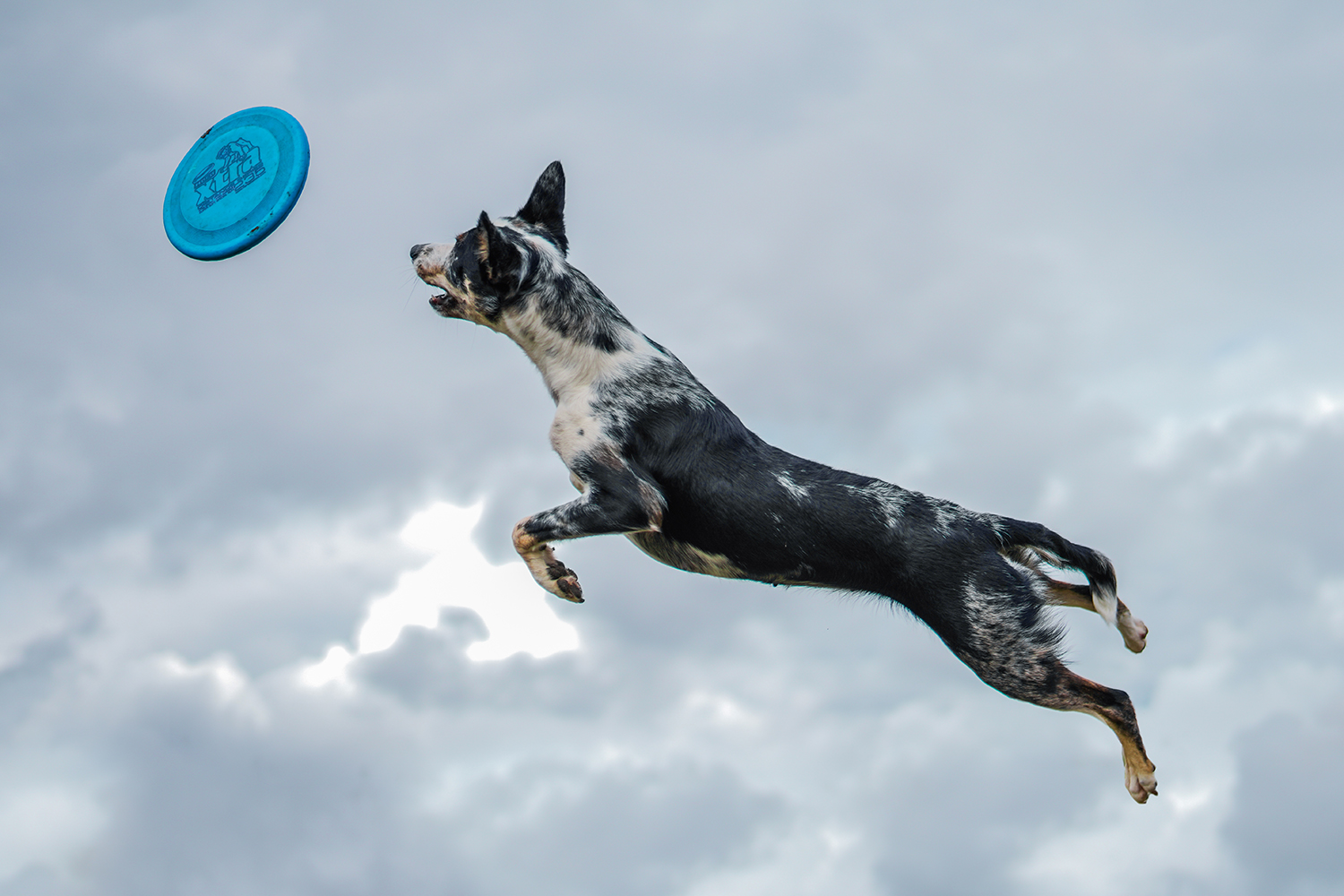
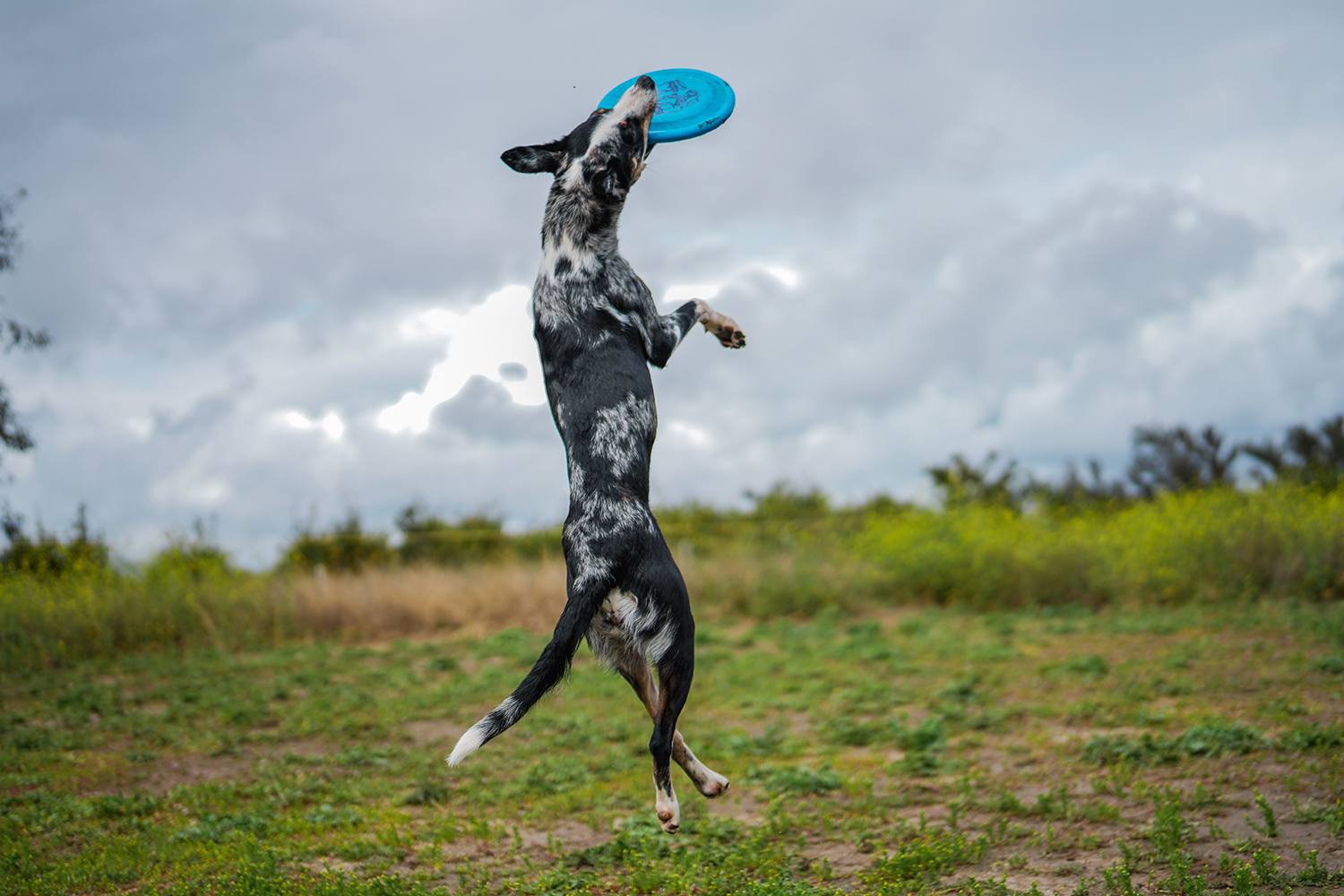
In addition, the best shutter speeds to use for capturing your pets in action are between 1/500 all the way to 1/2000 and above. In layman’s terms, shutter speed is how fast your camera can take a picture. In your settings or on the camera screen, this is denoted by 1/(insert number here). The larger the number, the faster the picture is taken.
The speed you chose depends on two big factors: How fast your pet is moving and what light is available! The faster your pet runs, the higher the shutter speed. But, the higher your shutter speed, the darker the image will be.
The shutter speed is one variable in the exposure formula. Exposure is the amount of light that reaches your camera. Too much light and your image will be too bright. Too little, and it’ll be too dark. Being able to control your exposure is how you take really magnificent animal photography.
Exposure is a formula: ISO + shutter speed + aperture = exposure. These three variables control how much light hits the sensor. If you make your shutter speed fast to freeze action, you’ll have to adjust your ISO and aperture to ensure that enough light is still being able to reach the sensor and illuminate your frame!
Speaking of the variables, in regard to aperture, I prefer to utilize wide apertures for pet photography, especially when you are shooting at your home or in a park that may not be particularly eye-catching. In a visual sense, the aperture relates to how much of an image is in focus (and how much blurs away!). The smaller the number (F1.2, F1.4, F2), the wider your aperture. The larger the number (F16, F22), the narrower your aperture. Wide apertures let in more light because of how open the window is to your sensor, and as a result, your depth of field is more shallow (less is in focus). The smaller the aperture, the less light it lets in and the deeper the depth of field.
Wide apertures and shallow depths of field are great to use in your home because it allows the image to look like it was taken anywhere! The background will blur away nicely. The look is quintessential “professional photography” due to the industry trends. My favorite apertures to use range from f/1.2 to f/4.0. The photos included in this article were all shot with the SIGMA 35mm F1.2 DG DN Art.
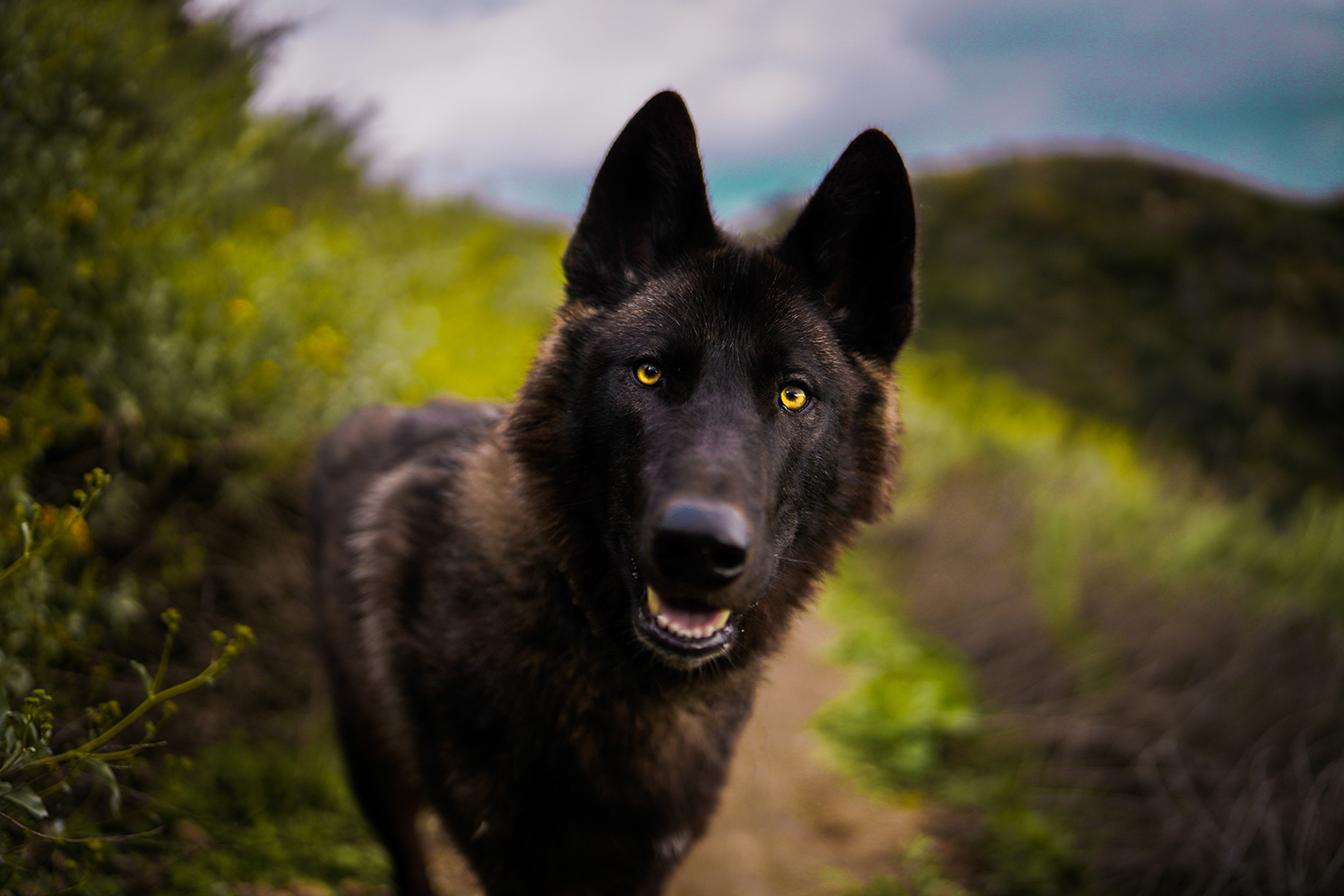
You may find that using wide apertures for the first time is a bit more difficult than something deeper. This is because it’s very easy to miss focus when working so shallow. Fear not, there is a trick to it!
When you focus your camera on a subject, it establishes an imaginary horizontal and vertical line called the focal plane. To get your subject in focus, it has to be on the focal plane. The challenge with wide apertures is that your focal plane is very narrow.
The secret? Your proximity to the subject! Just move further away from your subject and the subject will become ‘smaller’, therefore fitting better on the focal plane!
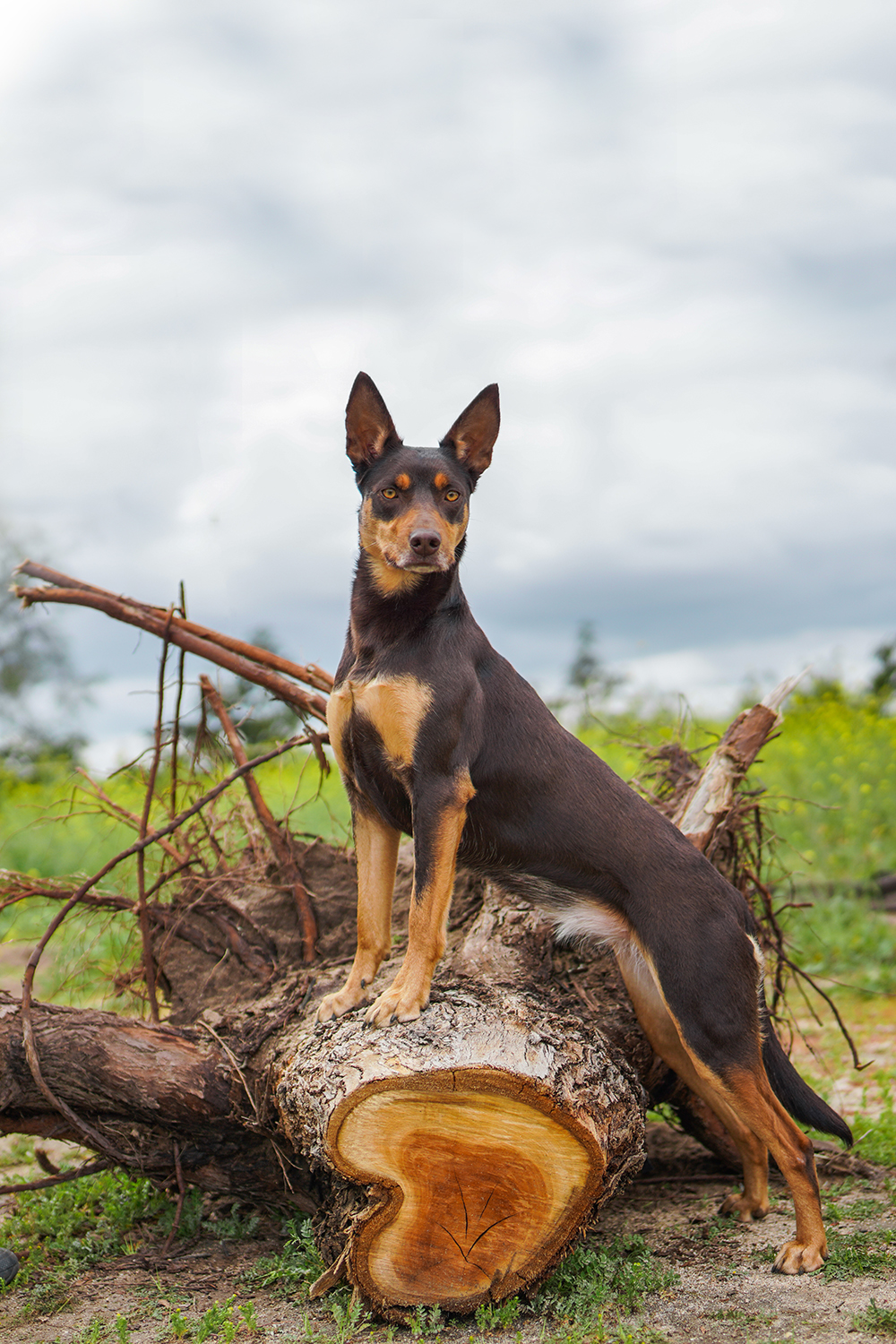
Framing and composition
Composition truly is something that I believe is primarily in the eye of the beholder, as well as the fact that the best photographers have a natural sensitivity to proper placement in images. That being said, there are two really important composition elements that you should always keep in mind when photographing:
Photograph from the pet subject’s eye level. From a psychological standpoint, viewers are more empathetic and attracted to images from the same perspective as the subject. This is because photography opens up the world of seeing life from the viewpoint of a dog or a cat, something that is intriguing to us humans. Additionally, we become equal with the creature in the shots when we can see from their level.
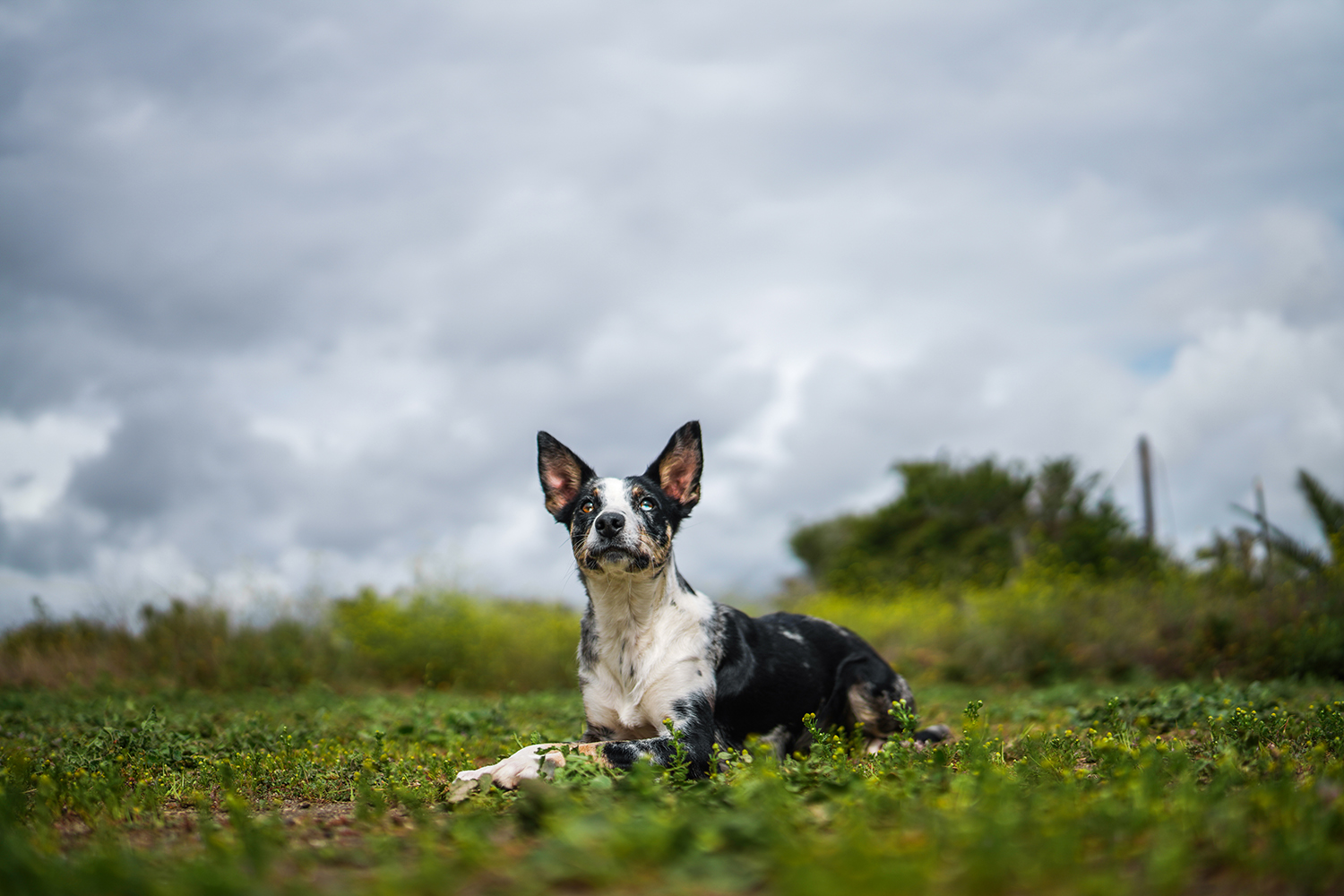
Leave more negative space (empty space) in the direction of the implied movement. Although a photograph is a still moment frozen, the viewer can still imagine the next step in the series. Making sure that the audience can feel the subject bouncing off of the photograph is by leaving enough negative space in the direction that you expect the subject to continue moving in. If the subject is too closed off compositionally (by being cropped in such a way that there is little negative space) the image will feel claustrophobic and caged.
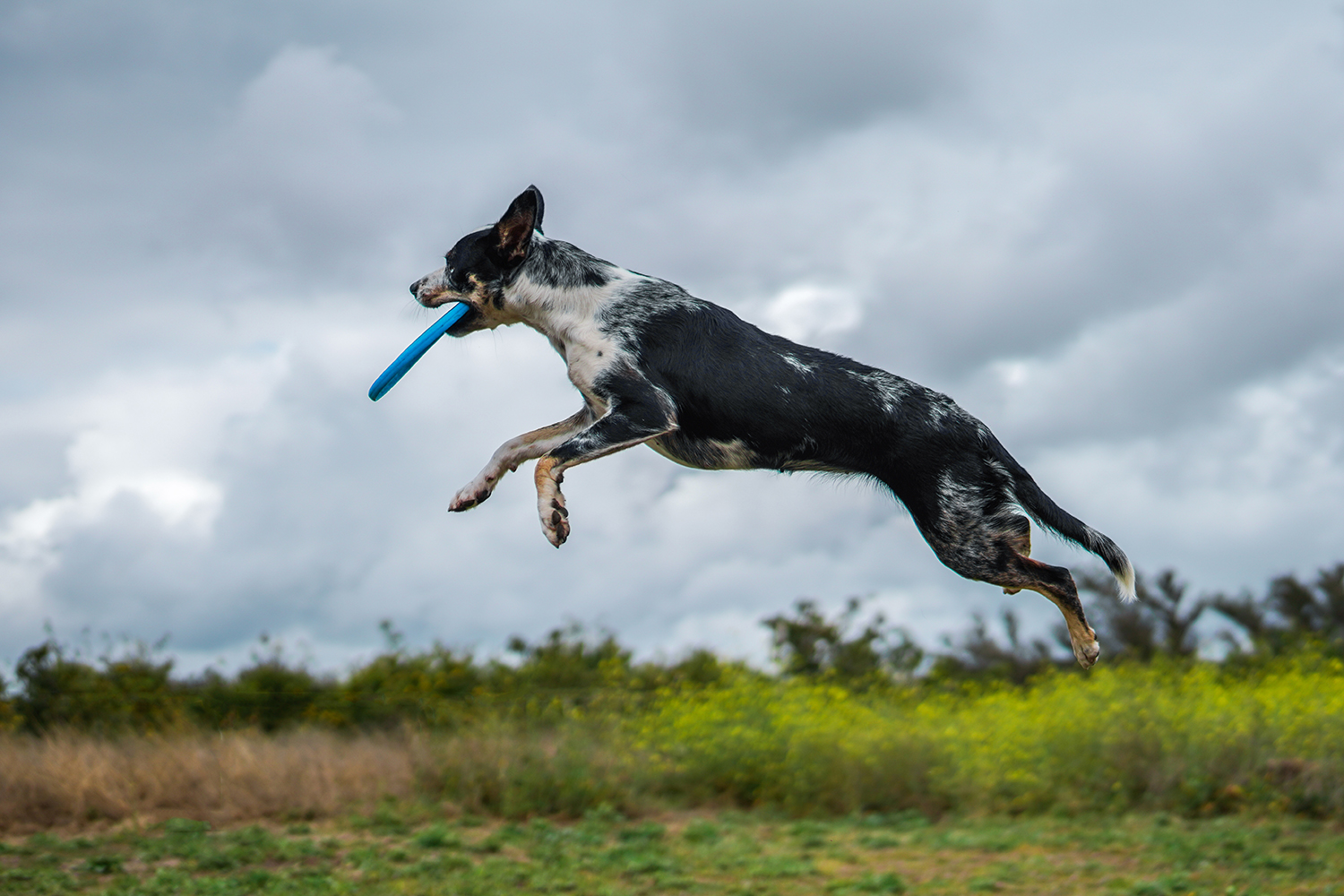
Focus matters!
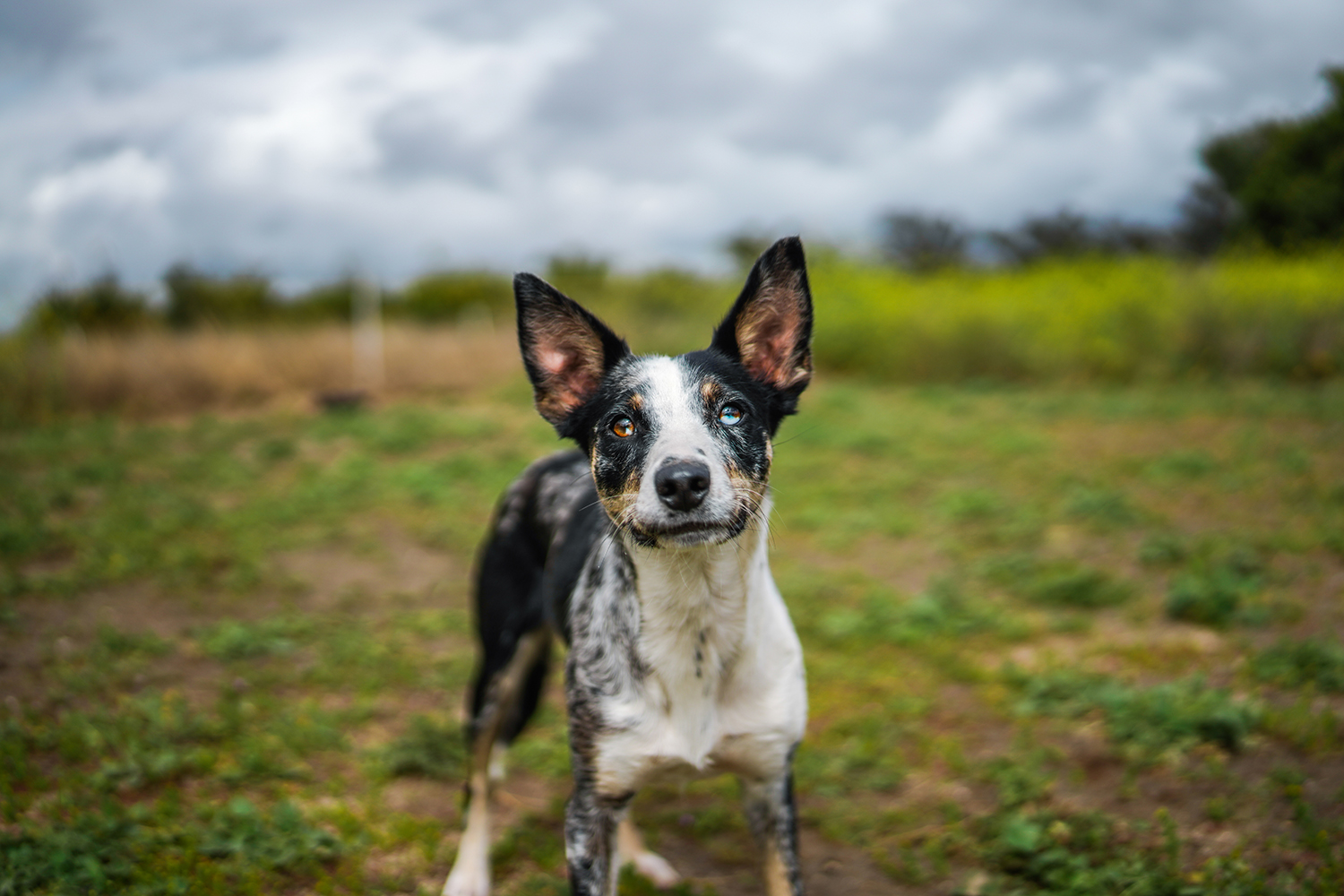
Make sure focus is locked on the eyes! Eyes are the windows to the soul. Through eyes you can feel a powerful emotion resonating through the two-dimensional image, from empathy and sympathy, to wonder or sorrow. Psychology proves that humans experience deep connections through gazing into eyes, thusly opening a portal to feel something intense for the subject. As such, it is universally accepted that ensuring that the eyes of the animal you are photographing are sharp in focus equals a very effective photograph. If the eyes aren’t sharp, a bit of that emotional tug is missing! Tie back here to continuous focus and burst mode to ensure “keepers”.
Warm up exercises are a good idea
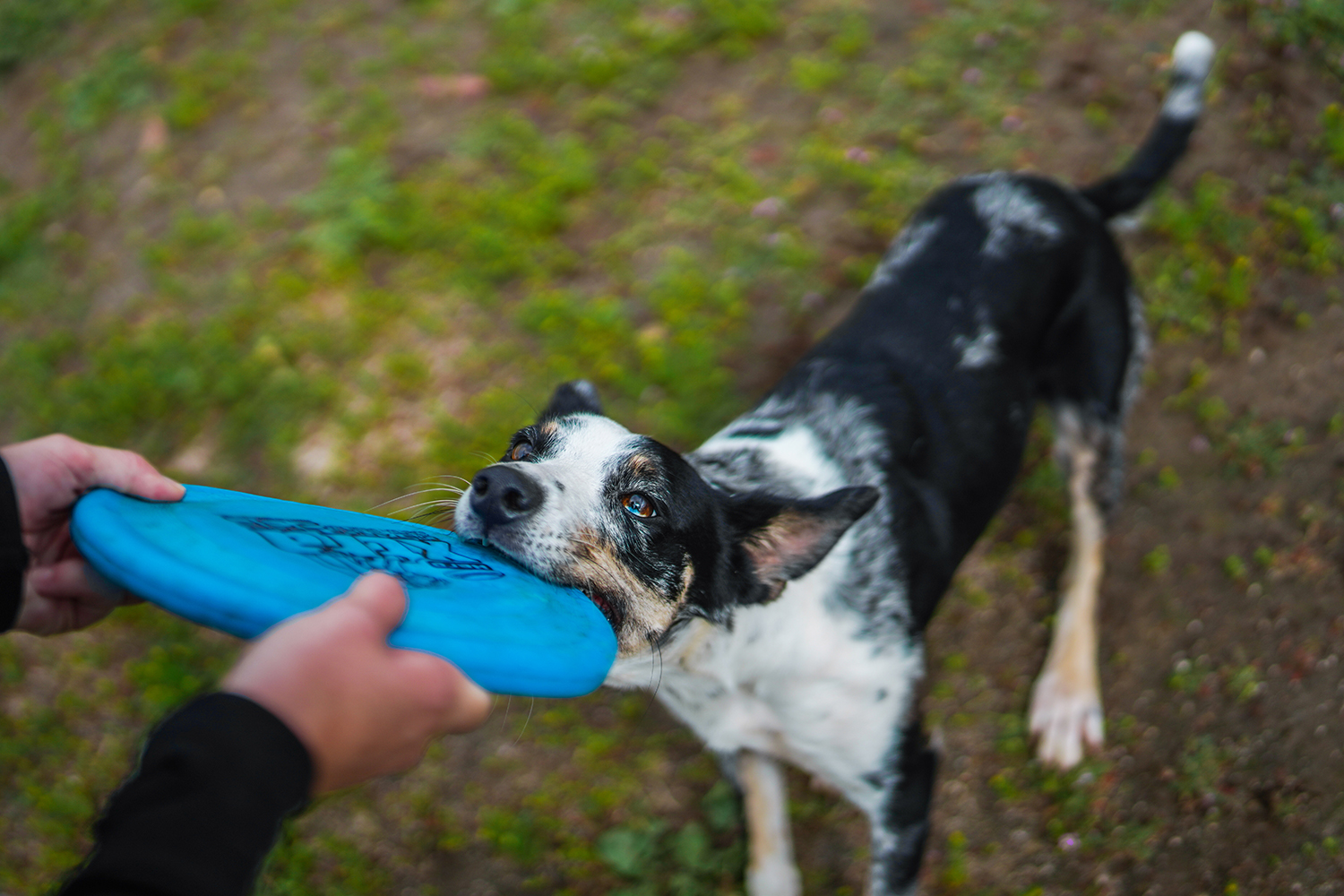
A tired dog is a good dog! When you’re tired, how likely are you to protest doing something? How probable would you be to just lay down in a pretty pose? Probably more prospective than if you had a bunch of pent up energy! Animals are the same exact way. A dog that is tired is less inclined to have the vitality to act up! A key tip in working with pets is getting them excessively worn out, making it impossible to apply their boisterous behavior or challenge staying still. Playing, running, and exercising the canine, feline, or even parrot before photo shoot will keep them mellower when it comes time to take the photos.
Know your subjects
As an animal photographer, we must develop the much sought-after skill of being a mind reader (and it doesn’t require a sixth sense!). The real secret to pet photography is understand animal behavior and being one step ahead of your subject at all times! The more you work with animals, the more this becomes natural.
Props, cues, and squeaky toys for great expressions
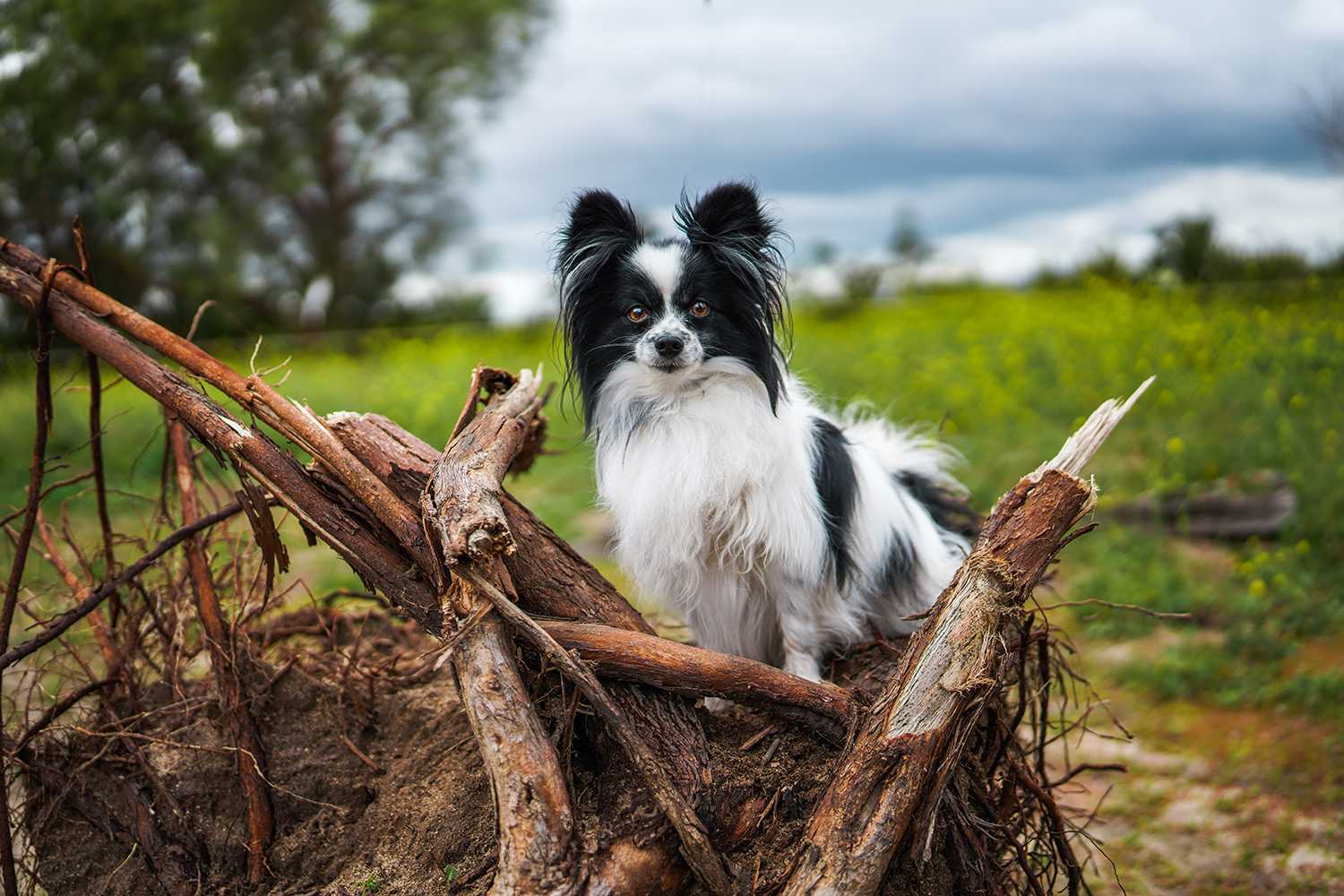
How do pet photographers get those alert facial expressions and upright ears? Toys, treats, and noises! Contingent upon the pet you’re capturing, toys and treats can become your greatest asset. Despite the fact that you would prefer not to overstimulate the pet, keeping their attention is just as important for those happy facial expressions. Try using a pet’s favorite toy or run through an arsenal of funny noises and see what works the best to get those alert ears!
Bring your own style!
With how saturated the pet photography niche is, doing something that causes you to stand out is key to being successful. Let your imagination fly and creativity flow as you find new and unique ways to photograph our beloved companions. Partnered with the need to adapt to all shooting situations when working with animals, finding new and unique ways to capture the creature’s personality on camera is really important. Whether it’s using a different lens or changing your perspective and composition, doing something new based on what’s happening is a great way to work with animals.
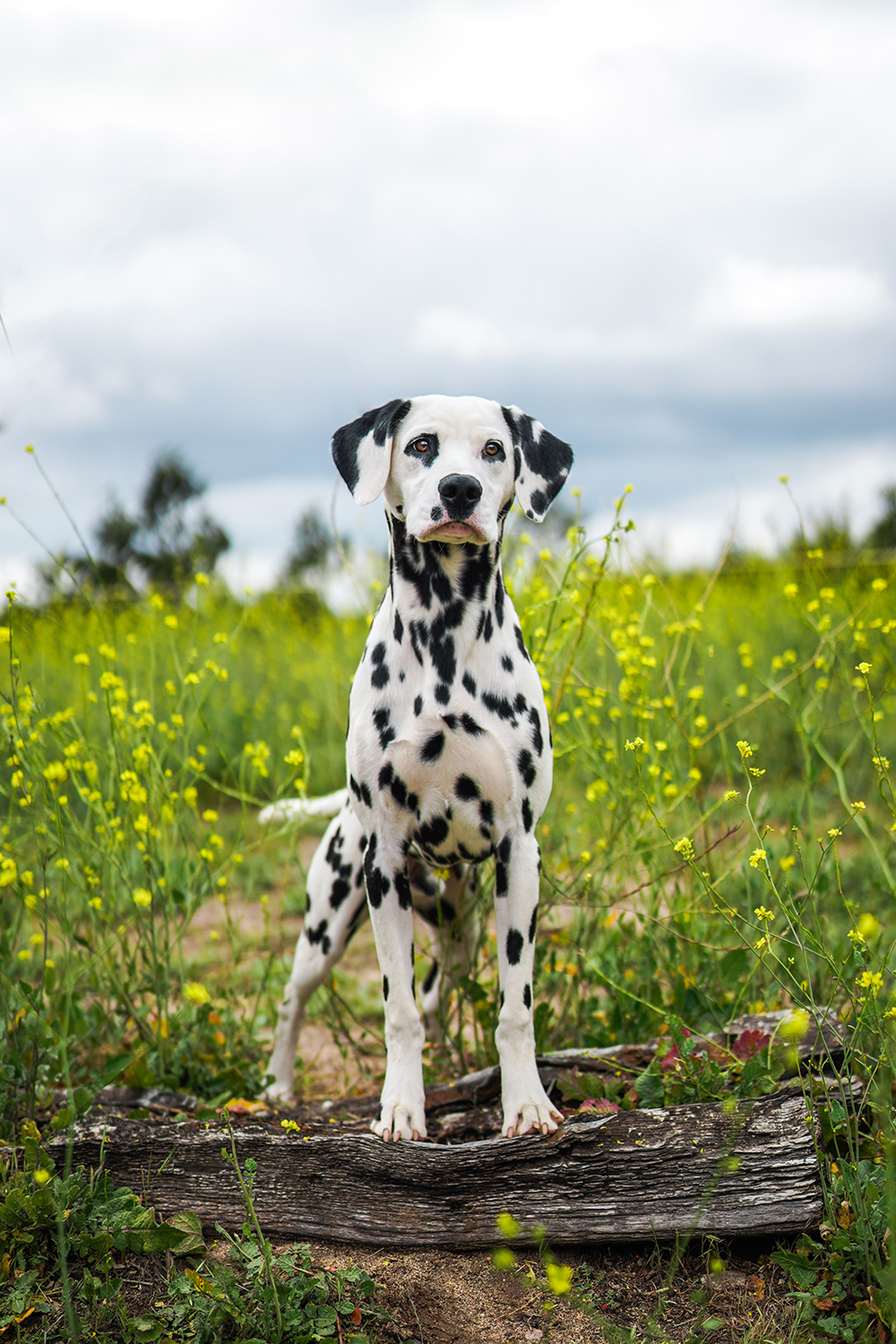
Want to see more?
Check out Anabel’s Pet Photography Tips video on our YouTube channel!

Great suggestions … especially burst mode. Pets are unpredictable and it’s best to be ready for the offbeat photo.